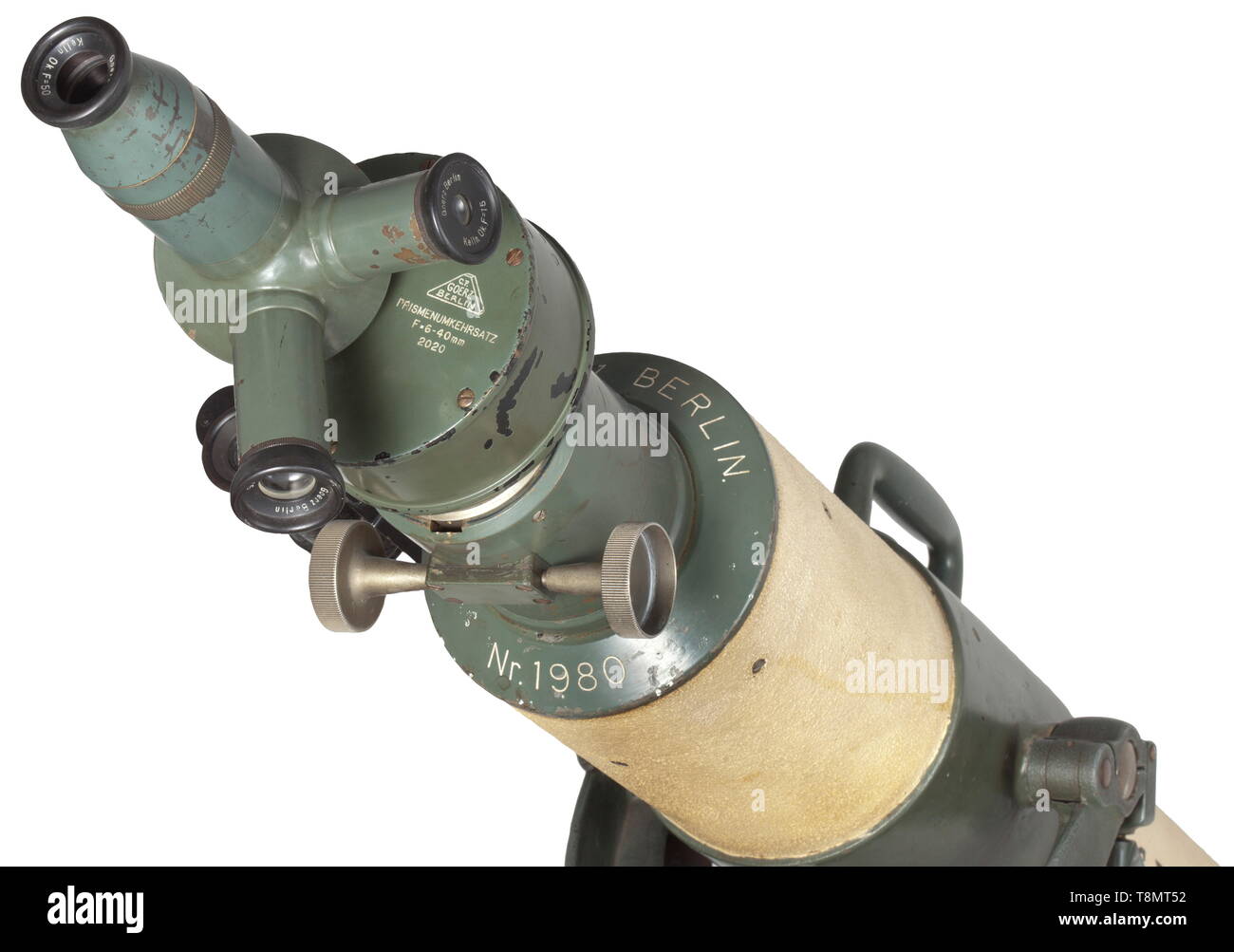Goerz Berlin Lens Serial Numbers
The serial number is 140390. Does anyone know. The following is a collection of serial numbers for large format lens manufacturers. Goerz, and Ross are long., serial number-year. Jul 30, 2011 Does anyone have a list of C.P. Goerz Berlin serial numbers? I have searched the net, but only found the numbers from the. Lens Type: Telephoto attachment. Variable separation. For 3 - 8x magnification. Rack and pinion adjustment. Serial Number: 186905.
The following is a collection of serial numbers for large format lens manufacturers. For the most part, the information has been culled from Wilkinson, Glanfield and Wrights' magisterial Lens Collector's Vade Mecum, a data base available on CD-rom. Other sources of information include web-pages and anonymous information passed down to me through others.

There is a real absence of information on large format lenses. Of the contemporary makers, only Schneider has made a great effort to provide information, the other lens makers have been less forthcoming. However Rodenstock serial numbers, the other major European manufacturer, have been posted by Kerry Thalman. There are a few web-pages, both official and unofficial, for other three manufacturers, Congo, Nikon, (Unofficial and Official) and Fuji,(also here). However, serial numbers are, to my knowledge, entirely lacking.
Zeiss no longer makes large format lenses, and consequently has little interest or incentive to provide this information. Goerz, and Ross are long gone, and Voigtländer exists only in name. Taylor, Taylor & Hobson is also gone, although its one time subsidiary, Cooke, has recently returned to the fold, and is now making a 4x5 portrait lens. In any case, none of these companies provides any sort of information regarding the lenses they once made. This page is a modest attempt to provide one form of information, serial number-year correspondences.
Caveat: While I would like to make this collection as accurate as possible, I cannot make any claims as to the accuracy of any of the information. If you find something which you find of questionable validity, please do not hesitate to contact me. Or, if you have any information on large format lens serial numbers, for the manufactures list above, or any other, kindly forward them to me, and I will attempt to incorporate them.
Compur
From: Wilkinson, M, and C Glanfield. 2001. A Lens Collector's Vade Mecum, CD-rom Version 3F. Edited by A. N. Wright. Cornwall, UK: David Matthews Associates. Pages 65-66, Chapter 12
1912 | 2,700,000 | |
250,000 | 3,200,000 | 1935 |
1920 | 3,750,000 | |
500,000 | 4,250,000 | 1937 |
1925 | 4,850,000 | |
750,000 | 5,400,000 | 1939 |
1927 | 6,000,000 | |
950,000 | 6,200,000 | 1948 |
1929 | 6,500,000 | |
1,150,000 | 7,000,000 | 1950 |
1931 | 7,700,000 | |
1,800,000 | 8,500,000 | 1952 |
1933 |
From: http://www.sci.fi/~animato/lumiere/lumiere.html
450000 |
500000 |
600000 |
750000 |
850000 |
950000 |
1000000 |
1150000 |
1500000 |
1800000 |
2250000 |
2700000 |
3200000 |
5400000 |
.
Goerz American Optical Company
From Eddie Bolsetzian (former Goerz Tech.) provided by Michael Buchmeier, on the Large Format Home Page, More on classic lenses.
| 70001-140935 | 1902-1903 |
| 150000-190170 | 1903-1905 |
| 200941-224267 | 1906-1908 |
| 223775-226630 | 1908-1909 |
| 310001-315734 | 1911-1914 |
| 315735-320000 | 1914-1918 |
| 751240-756909 | 1927-1937 |
| 755300 | 1934 |
| 756910-765730 | 1937-1945 |
| 765730-771199 | 1945-1948 |
| 771200-780169 | 1948-1954 |
| 791500 | ~1955 |
.
Ross
From: Wilkinson, M, and C Glanfield. ibid, Pages 87-88, Chapter 11
| 1840 | 86,000 | 1918 |
| 1850 | 95,000 | 1921 |
| 1860 | 100,000 | 1924 |
| 1870 | 105,000 | 1925 |
| 1875 | 110,000 | 1927 |
| 1880 | 115,000 | 1930 |
| 1885-1890 | 120,000 | 1931 |
| 1890-1895 | 125,000 | 1933 |
| 1911 | 140,000 | 1939 |
| 1918 | 200,000 | 1947 |
| 1921 | 213,000 | 1946-7 |
| 1924 | 250,000 | 1960 |
| 1925 |
.
Taylor, Taylor & Hobson
From: Wilkinson, M, and C Glanfield. ibid, Page 71, Chapter 13
| 100 | 1895 |
| 5,000 | 1900 |
| 19,500 | 1914 |
| 71,000 | 1918 |
| 117,xxx | 1926-7 |
| 250,000 | 1939 |
| 303,xxx | 1944 |
| 300,xxx | 1947 |
| 688,03x | 1965 |
Voigtländer
From: Wilkinson, M, and C Glanfield. ibid, Pages 6-9, Chapter 14
see also: http://members.aol.com/dcolucci/sn.htm
1796-184?, Marked 'Voigtländer & Sohn in Wien'
Year | Year | |
| 4033 | 139,108 | 1917 |
| 5000 | 142,853 | 1918 |
| 10,000 | 144,419 | 1919 |
| 27,449 | 154,426 | 1920 |
| 30,000 | 160,008 | 1921 |
| 31,000 | 172,136 | 1922 |
| 32,000 | 194,086 | 1923 |
| 34,000 | 216,948 | 1924 |
| 36,000 | 227,929 | 1925 |
| 38,000 - 39496 | 248,505 | 1926 |
| 40,000 | 279,710 | 1927 |
| 41,911 | 365,562 | 1928 |
| 43,685 | 537,338 | 1929 |
| 45,431 | 671,174 | 1933 |
| 46,454 | 803,220 | 1934 |
| 47,771 | 1,026,690 | 1935 |
| 49,084 | 2,000,000 | 1937 |
| 54,168 | 2,718,530 | 1942 |
| 54,896 | 2,700,000 | 1945 |
| 65,691 | 3,000,000 | 1947 |
| 68,193 | 3,220,000 | 1951 |
| 70,682 | 3,300,500 | 1952 |
| 72,638 | 3,461,400 | 1953 |
| 75,479 | 3,600,000 | 1954 |
| 79,288 | 3,731,000 | 1955 |
| 83,477 | 4,001,000 | 1956 |
| 88,057 | 4,303,000 | 1957 |
| 97,999 | 4,514,000 | 1958 |
| 101,649 | 4,802,000 | 1959 |
| 105,778 | 5,033,000 | 1960 |
| 110,347 | 5,473,000 | 1961 |
| 113,569 | 5,900,000 | 1962 |
| 118,634 - 125,975 | 6,219,000 | 1963 |
| 126,001 | 6,423,000 | 1964 |
| 132,726 | 6,664,222 | 1965 |
| 137,682 | 9,999,999-10,000,150 | 1971 |
.

Goerz Berlin Lens Serial Numbers Identification
Carl Zeiss Jena Serial Numbers
See also: http://home.sprynet.com/~stspring/Zeiss%20Ikon.html
| Serial Number | Serial Number | Year |
| 173,418-200,520 | 903,100-908,150 | 1928 |
| 208,473-249,350 | 919,794-1,016,885 | 1929 |
| 249,886-252,739 | 922,488-1,239,697 | 1930 |
| 282,800-284,500 | 1,239,699-1,365,582 | 1931 |
| 285,200-288,100 | 1,364,483-1,389,279 | 1932 |
| 289,087-298,157 | 1,436,671-1,456,003 | 1933 |
| 298,215-322,748 | 1,500,474-1,590,000 | 1934 |
| 322,799-351,611 | 1,615,764-1,752,303 | 1935 |
| 375,194-419,823 | 1,674,882-1,942,806 | 1936 |
| 433,273-438,361 | 1,930,150-2,219,775 | 1937 |
| 422,899-498,006 | 2,267,991-2,527,984 | 1938 |
| 561,270-578,297 | 2,527,999-2,651,211 | 1939 |
| 631,500-578,297 | 2,652,000-c2,678,000 | 1940 |
| 631,500-648,500 | 2,678,326-2,790,346 | 1941 |
| 666,790-703,198 | 2,800,000- ? | 1942 |
| 722,196-798,251 |
Goerz Berlin Lens Serial Numbers
.
Carl Zeiss Jena, East Germany
| 1945-1949 | |
3,200,000-3,470,000 | 1949-1952 |
| 1952-1955 | |
4,000,000-5,000,000 | 1955-1958 |
| 1958-1961 | |
| 6,000,000-6,000,000 | 1961-1964 |
| 7,000,000-8,000,000 | 1964-1967 |
| 8,000,000-9,000,000 | 1967-1970 |
| 9,000,000-10,000,000 | 1970-1975 |
Carl Zeiss (Opton), Oberkochen, West Germany.
| 10,000-500,000 | 1946-1951 |
| 500,000-1,100,000 | 1951-1953 |
| 1,100,000-2,600,000 | 1953-1959 |
| 2,600,000-3,000,000 | 1959-1961 |
| 3,000,000-4,000,000 | 1961-1965 |
| 4,000,000-5,000,000 | 1965-1969 |
| 5,000,000-6,000,000 | 1969-1971 |
| 6,000,000-7.300,000 | 1971-1975 |

C.P. Goerz Berlin Dopp-Anastigmaat
Serie III Dagor.
This is one of the most celebrated lens design ever. More than one hundred years after its introduction it is still a very usable lens. It was in 1982 that a mathematician Emil von Hoegh, 27 years old, proposed to Zeiss this double anastigmat consisting of two triplets symmetrically arranged around the f stop. Zeiss was not interested, maybe because two years earlier they had launched their own anastigmat. So Emil took it to the also very young firm Goerz in Berlin. Only four years old, Goerz was producing a Rapid Rectilinear lens called Lynkeioskop, one of the best RR versions. That was the beginning of a huge success. By 1895 some 30.000 had been already sold. The name Dagor was adopted only in 1904 and the design was licensed to almost every lens maker ever since. |
| home | cameras gallery | guestbook |
